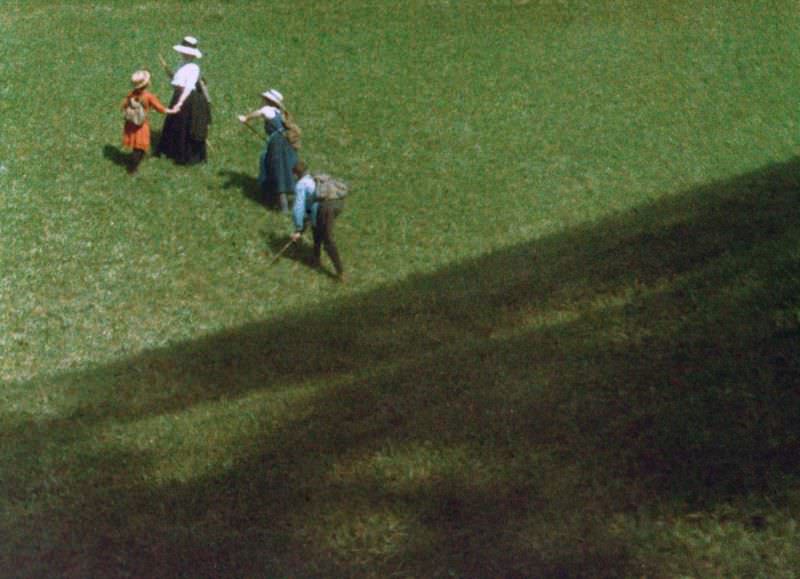Heinrich Kühn, known initially as Carl Christian Heinrich Kühn, was an Austrian-German photographer and pioneer of photography. Heinrich Kühn used photography to aid his medical studies as a child, as his grandfather was a sculptor. He gave up medicine for art in the 1890s, but he devoted much of his life to developing new photographic lenses and printing processes.
Heinrich Kühn is regarded as one of the ancestors of fine art photography, the movement that established photography as a distinct art form. His photographs often resemble impressionist paintings, using soft lighting and a focused focus. Kühn was a member of the pictorialist movement and belonged to the so-called Viennese Trifolium, a group of photographers who took up gum bichromate printing shortly after its rediscovery just before the turn of the century. In 1896 he presented the first gum bichromate prints in Germany. In 1911, he invented the Gummigravure technique, combining photogravure and gum bichromate. He developed the Leimdruck technique, which uses animal glue as a colloid and produces images similar to gum prints. Kühn also invented the Syngraphie, a forgotten technique that combines two negatives of different sensitivity to obtain a broader tonal spectrum. He also wrote photographic techniques for trade magazines in his later career.





























